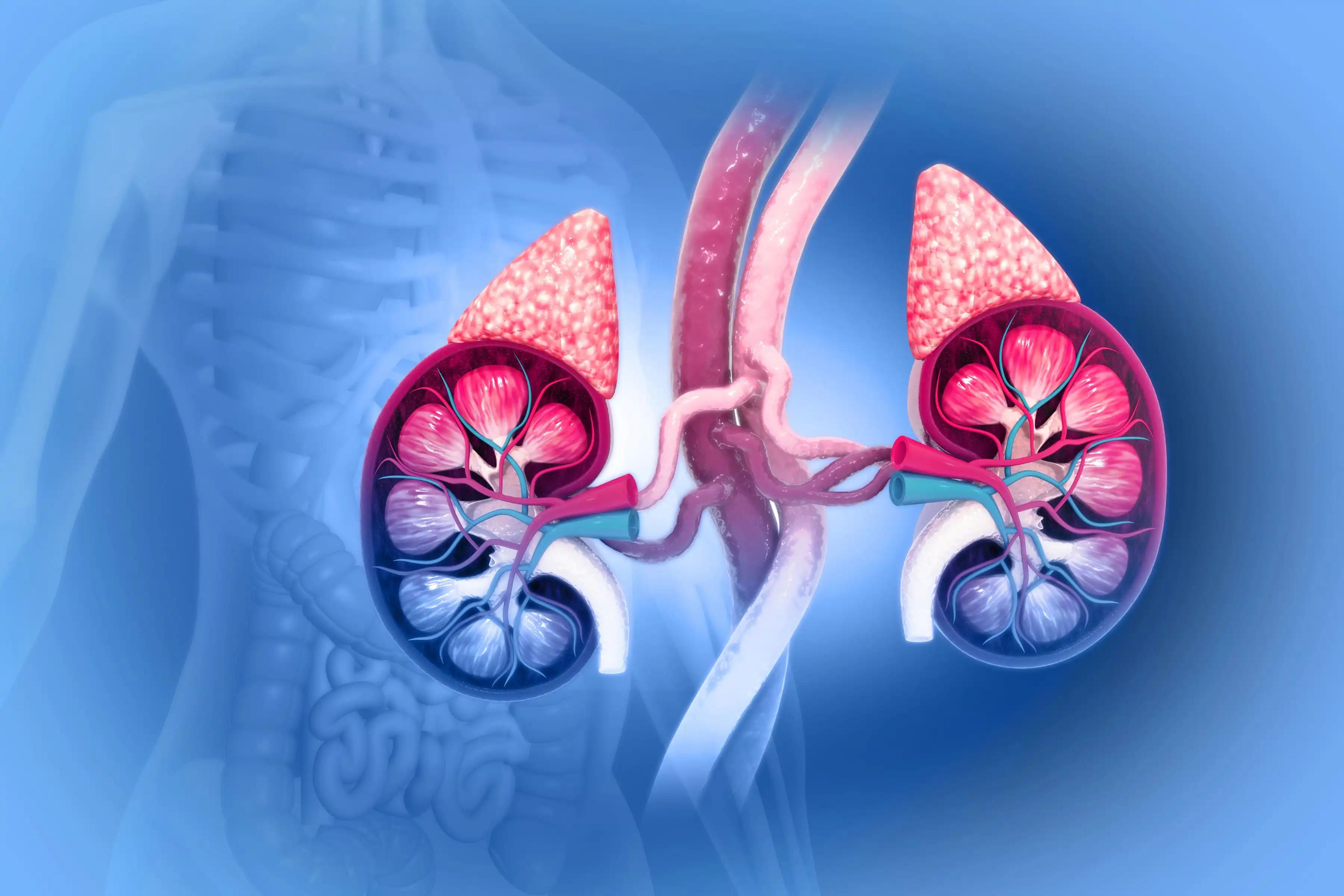KEY TAKEAWAYS
- The LITESPARK-004 phase 2 trial aimed to conduct a post hoc pooled analysis to characterize the safety profile of belzutifan monotherapy in pts with previously treated RCC.
- The key objective was to record the severity of AEs.
- Belzutifan demonstrated tolerable AEs (anemia and hypoxia) in advanced RCC and VHL-associated RCC.
The 1-in-class hypoxia-inducible factor-2α inhibitor, belzutifan, is indicated in the United States for the treatment of certain patients (pts) with von Hippel-Lindau (VHL) disease– associated renal cell carcinoma (RCC), central nervous system hemangioblastomas, or pancreatic neuroendocrine tumors not requiring immediate surgery and for pts with advanced RCC previously treated with a PD-(L)1 inhibitor and a vascular endothelial growth factor tyrosine kinase inhibitor. Due to its unique mechanism of action, belzutifan has a distinct safety profile.
Toni K Choueiri and the team aimed to characterize the safety profile of belzutifan monotherapy in pts with previously treated advanced clear cell RCC (ccRCC), as well as in pts with RCC associated with VHL disease, through a post hoc pooled analysis of multiple clinical trials (LITESPARK-001 (NCT02974738), LITESPARK-005 (NCT04195750), LITESPARK-013 (NCT04489771).
Researchers enrolled pts with previously treated with ≥1 dose of belzutifan 120 mg orally once daily across the 4 studies. National Cancer Institute Common Terminology Criteria version 4.03 or 5.0 was employed for grading the severity of adverse events (AEs), and were summarized descriptively.
About 576 pts were included from across multiple trials: 58 from LITESPARK-001 (3 pts with advanced solid tumors other than RCC), 381 from LITESPARK-005, 76 pts from LITESPARK-013, and 61 pts from LITESPARK-004.
The majority of about 572 pts (99.3%), experienced at least one AE, with 355 pts (61.6%) experiencing at least one grade 3-5 AE. AEs necessitated dose modifications (reduction, interruption, or discontinuation) in 288 pts (50.0%), while treatment discontinuation due to AEs occurred in 37 pts (6.4%).
The most frequently reported all-grade AEs included anemia (including pts with decreased hemoglobin; 485 pts [84.2%]; grade 3 or 4 in 166 pts [28.8%]), fatigue (246 pts [42.7%]; grade 3 in 16 pts [2.8%]), nausea (139 pts [24.1%]; grade 3 in 5 pts [0.9%]), and dyspnea (123 pts [21.4%]; grade 3 or 4 in 10 pts [1.7%]). Hypoxia occurred in 94 pts (16.3%), with grade 3 or 4 hypoxia in 57 pts (9.9%).
Among pts experiencing anemia or decreased hemoglobin, 111 (22.9%) received erythropoiesis-stimulating agents (ESA) only, 85 (17.5%) received blood transfusions only, and 62 (12.8%) received both ESA and blood transfusions. For pts with hypoxia, 66 (70.2%) received oxygen therapy.
Treatment-related AEs were reported in 526 pts (91.3%), with 217 (37.7%) experiencing grade 3-5 treatment-related AEs. Notably, one grade 5 AE (multiple organ dysfunction syndrome) was considered related to treatment.
These findings highlighted the comprehensive safety profile of belzutifan monotherapy in pts with advanced ccRCC and RCC associated with VHL disease, indicating frequent but manageable AEs, including notable occurrences of anemia and hypoxia necessitating supportive therapies like ESA, blood transfusions, and oxygen therapy.
The study provided an in-depth characterization of the safety profile for belzutifan by employing the largest to date dataset and the associated AE-management strategies.
The trial was sponsored by Peloton Therapeutics, Inc. a subsidiary of Merck & Co., Inc. (Rahway, New Jersey USA).
Source: https://kcrs.kidneycan.org/wp-content/uploads/2024/06/KCRS24-Abstract-Book-6.27.24.pdf
Clinical Trial: https://www.clinicaltrials.gov/study/NCT03401788
Choueiri TK, Ghatalia P, Velasco GD, et al. (2024). “Safety profile of belzutifan monotherapy in patients with renal cell carcinoma: A pooled analysis of 4 clinical trials.” Presented at KCRS 2024, (Abstract 39).



